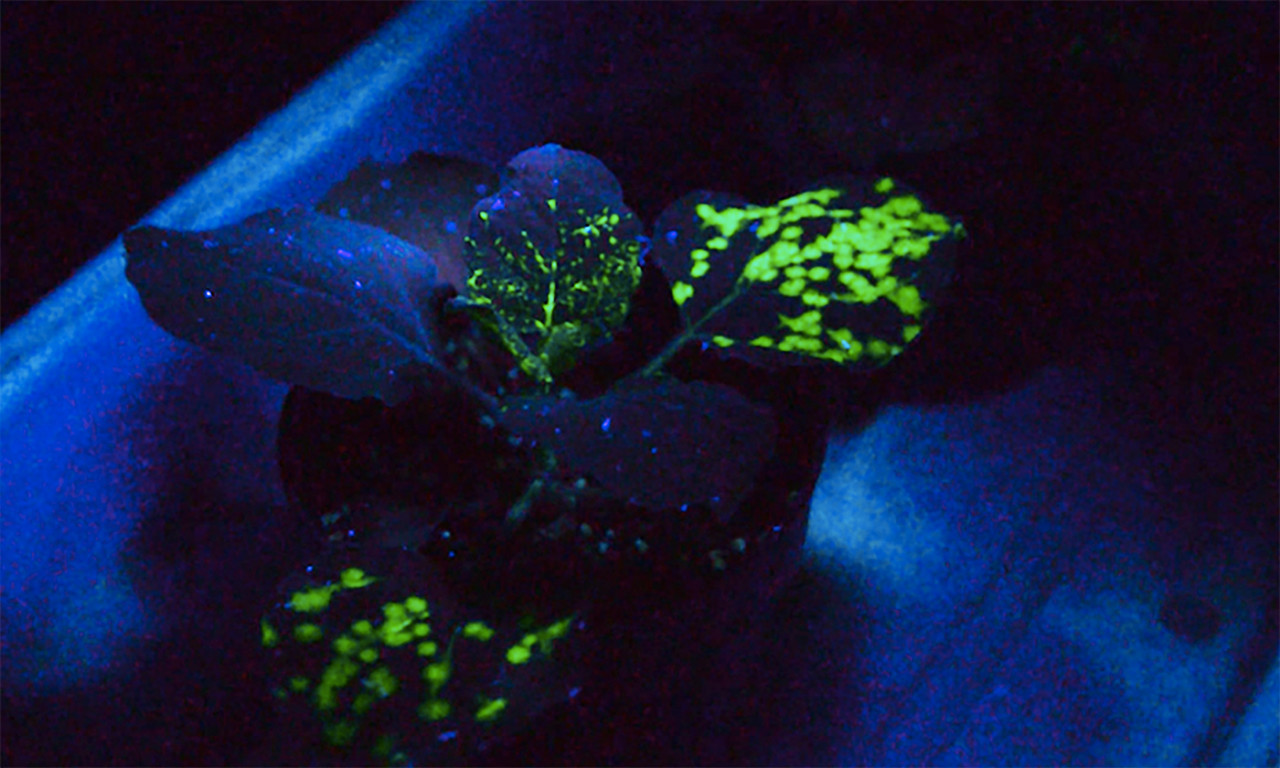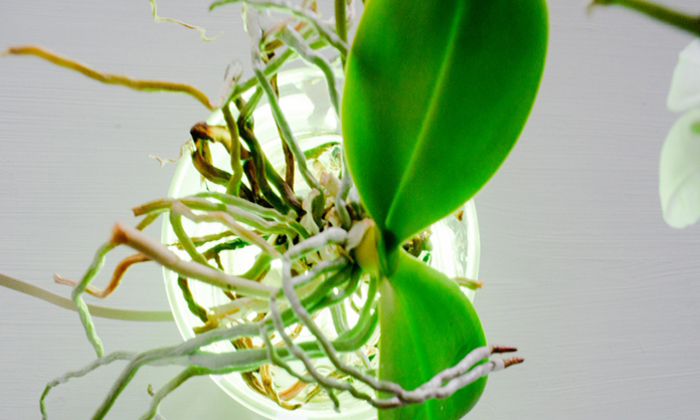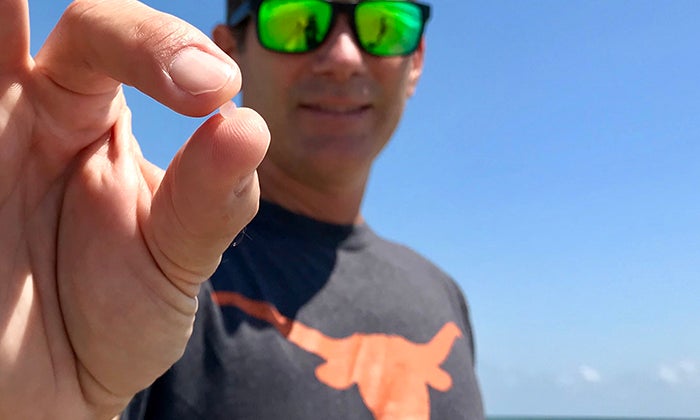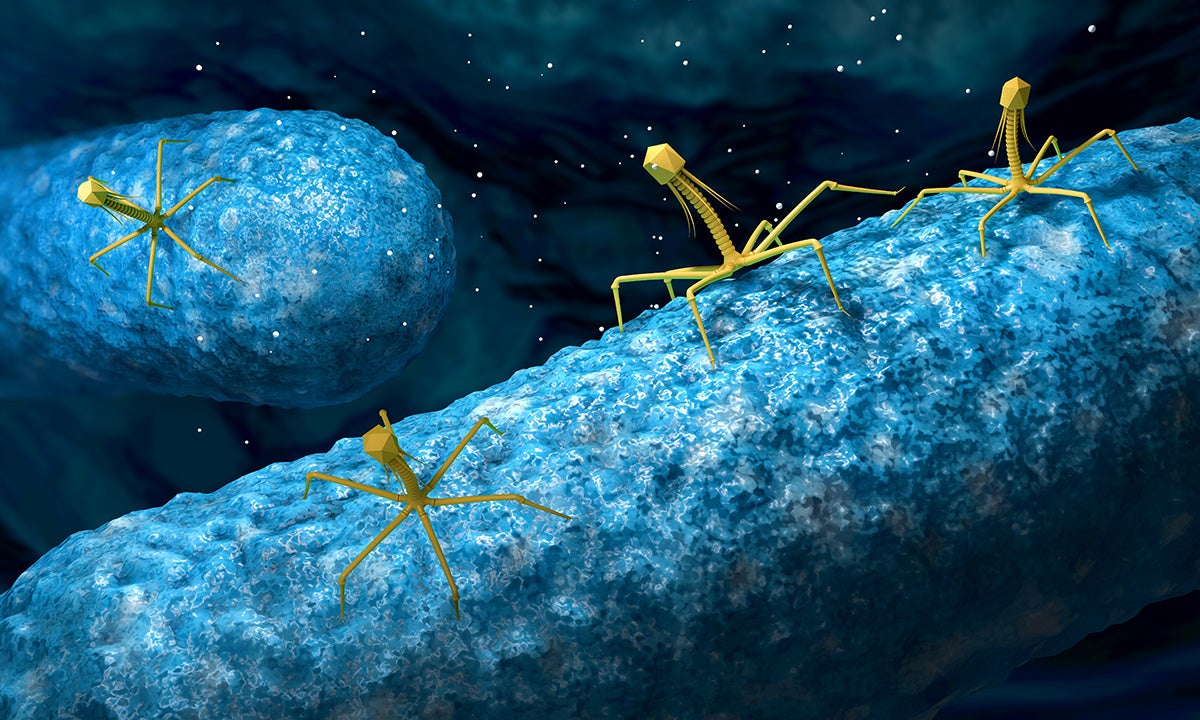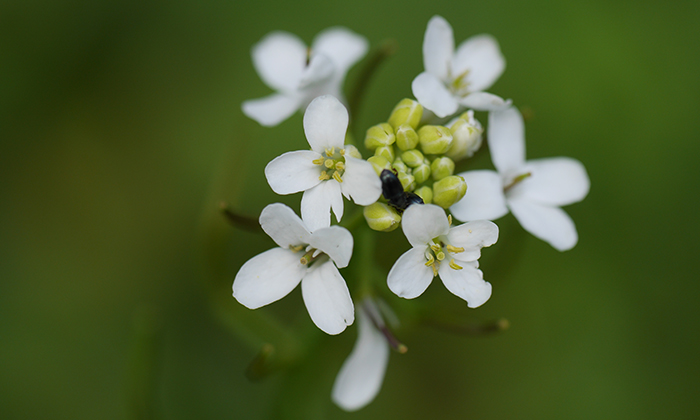News
Experimental Vaccine Against Respiratory Syncytial Virus (RSV) Elicits Strong Immune Response
Promising results for a new RSV vaccine candidate.
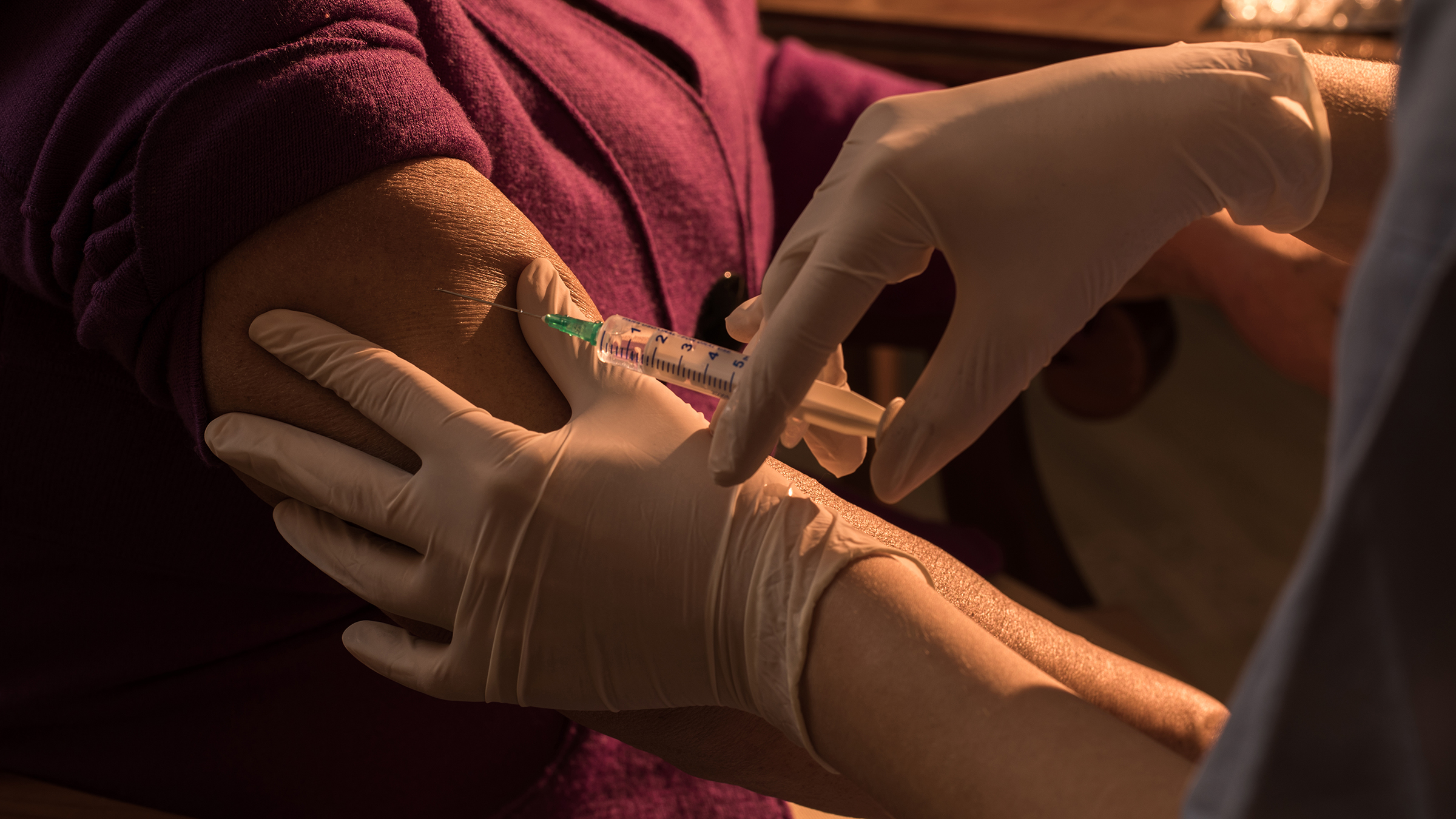
Turning Plant Pests into Helpers
Aphids are an enemy for most plants now, but the latest work from a team of scientists may make them a crop's new best friends.
